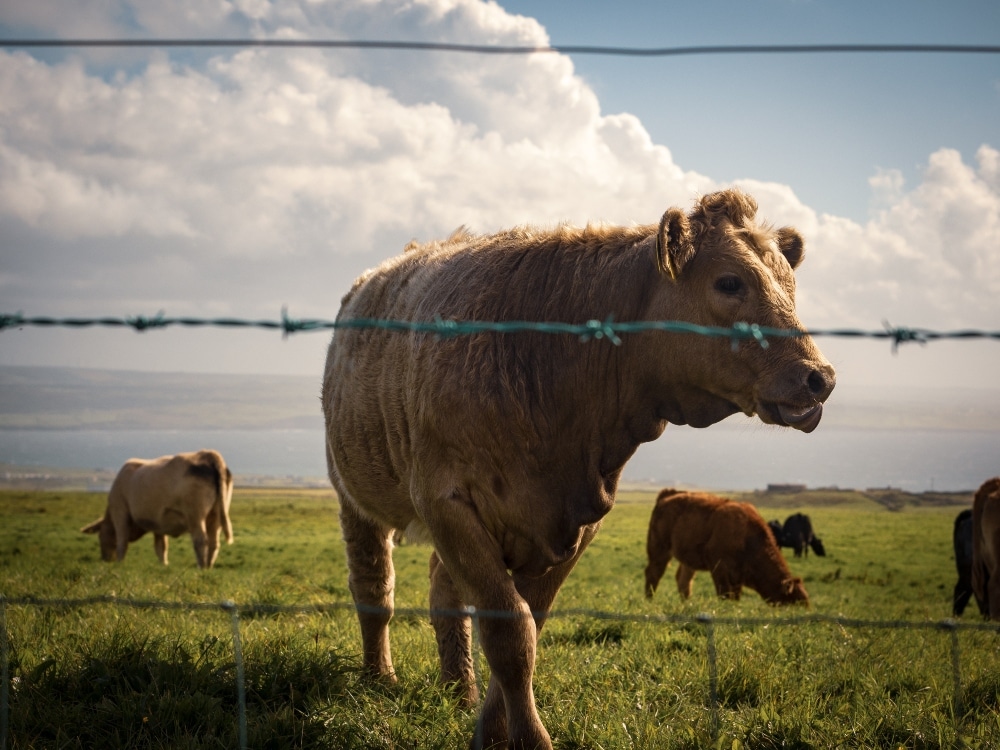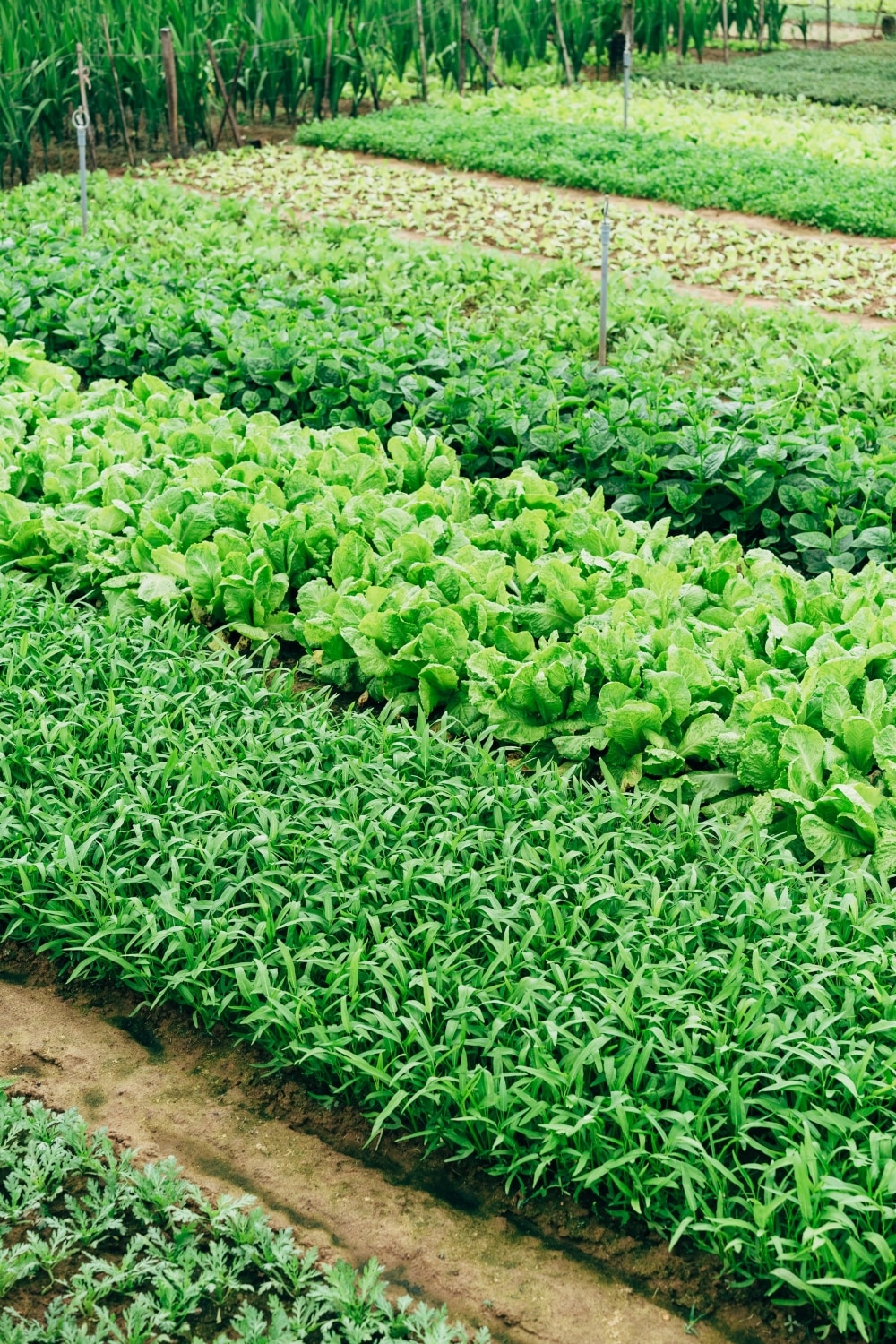Most of us don’t care for the soil that often. But, the truth is, without it, we would struggle to survive. After all, it is responsible for growing most of our food. This is a key reason why taking care of our soil is incredibly important. But the earth beneath our feet can play another important role: addressing the climate crisis.
It turns out, healthy soils can actually sequester carbon from the atmosphere. But, right now, not all of our soil is in a good way. Around the world, agriculture, especially animal agriculture, is causing soil degradation and degradation. In fact, in the United States, industrialized livestock is responsible for about 85 percent of all soil erosion.
One solution to reducing the impact of farming on land is to adopt a technique called regenerative agriculture. But what does this actually mean? And would it involve leaving animal farming behind for good?
What does regenerative farming mean?
Regenerative agriculture is essentially creating a system of farming that helps to improve the land, and not degrade it.
“In short, [it’s] A system of farming principles and practices that seeks to rehabilitate and improve the entire farm ecosystem by placing a heavy premium on soil health, focusing on water management, fertilizer use and more,” notes the Climate Reality Project. Change in education nonprofits.
These include moving away from intensive plowing and tillage, which erodes the soil, as well as increasing plant diversity, rotating crops to mix the soil with more organic matter, and generally reducing soil disturbance by reducing the use of chemicals such as fertilizers.
Current methods of industrialized livestock production also have no place in regenerative farming.
“Livestock farming is a fully automated system for environmental destruction,” explains ecologist George Monbiot. guardian. “You just release them into the field and they do the rest, sprouting trees, simplifying complex ecosystems. Their protectors augment this attack by slaughtering large predators.”
 Unsplash
Unsplash
Indigenous communities invented regenerative agriculture
Regenerative agriculture has been called by many the future of food. But it is also important to recognize that for many indigenous groups it is also their past. Caring for the world in this way is not a new invention.
“Did you know that there were no domesticated draft animals in the Western Hemisphere before European colonization of the Americas?” Ask the Climate Reality Project. Earlier, indigenous communities looked after the land using regenerative practices. There was no cultivation or monoculture. For example, they will use a combination of corn, beans and squash to provide the soil with all the nutrients it needs to thrive.
“It is important that credit is given where it is due; Practices that we now appreciate as good for food security and the environment could not have been dreamed up in a laboratory a decade or two ago,” notes the Climate Reality Project.
“They were born on the plains, carried to death across Appalachia, and transformed desert spaces into oases long before colonists hit the shores of what is now the United States,” it continues. “They were developed by the indigenous people. And we are grateful.”
Can reproductive agriculture be applied to animals?
Although regenerative agriculture methods are often applied to crops, some farmers are also applying them to animal agriculture.
In Georgia, for example, a farm called White Oak Pastures has moved away from raising livestock and instead aims to improve land health by rotating organic chickens, pigs and cattle. As a result, it claims its grass-fed beef is carbon neutral because its healthy soil stores more carbon than it emits over the lifetime of its cows.
But that said, critics are keen to point out that any “low-carbon” steaks can still produce far more emissions than plant-based products. Beef is an industry notorious for strong methane emissions, and so choosing a hamburger over a block of tofu will arguably never be good for the planet.
In 2022, the Environmental Working Group called the idea of low-carbon beef as “absurd” as the idea of ”low cancer” cigarettes. “No food emits more greenhouse gases than beef,” it explains. “Even lamb results in half the emissions, pound for pound, of beef, according to recent estimates.”
 Unsplash
Unsplash
Is vegan, regenerative agriculture the answer to a healthy food system?
Many experts believe that a beef-free, plant-based diet is the answer to a healthy future diet. In 2018, for example, the largest food production study ever conducted at the University of Oxford concluded that going vegetarian was the single-biggest step a person could take to reduce their impact on the planet.
And if this food is grown with regenerative practices, which nourish the soil, it’s only going to benefit the planet even more.
This idea is supported by Monbiot, who has extensively researched the concept of “complete” or “regenerative” farm animal grazing, and even interviewed some of its major proponents. In his view, the only healthy future for agriculture is one that does not include animals.
“Those vast expanses of pasture, from which we get so little at such great ecological cost, would be better used for revitalization: the mass restoration of nature,” he notes.
“Not only will this help reverse catastrophic declines in habitat and wildlife diversity and abundance, but returning forests, wetlands and savannas can absorb far more carbon than even the most sophisticated types of pasture.”


